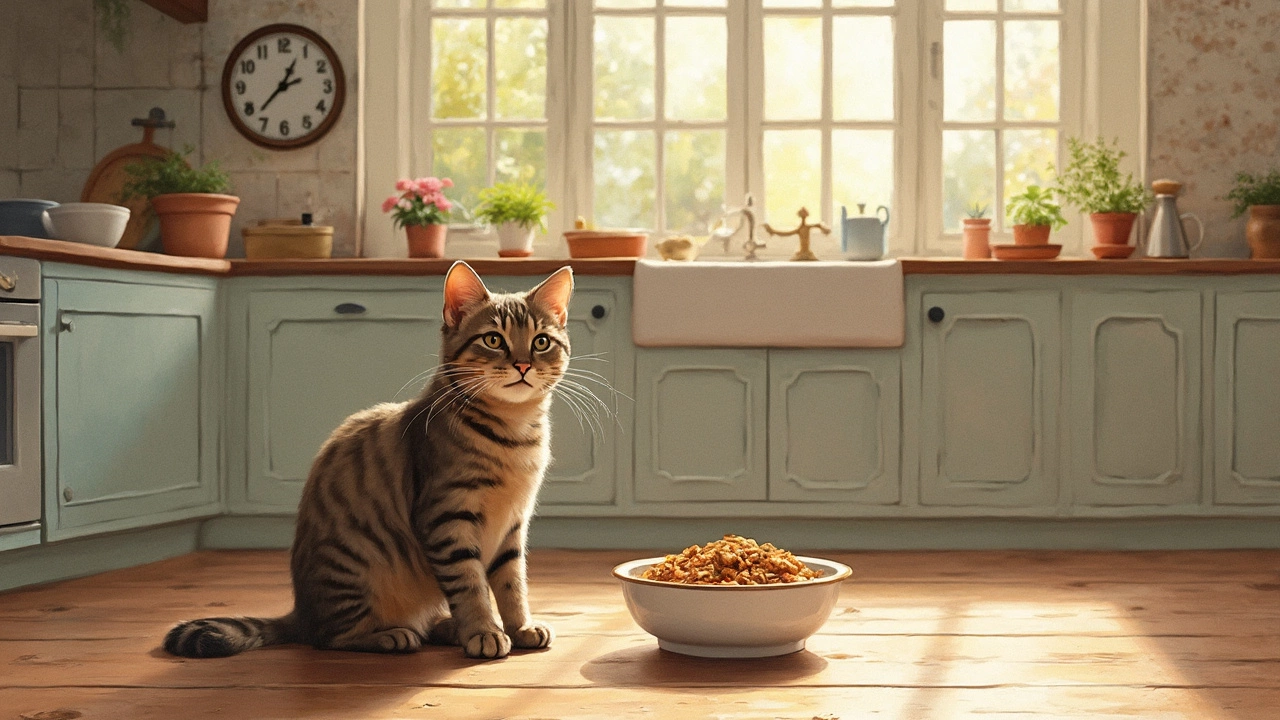Feeding Schedule Guide: Keep Your Dog and Cat Healthy with Routine Meals
If you’ve ever wondered why your pet seems restless or gains weight, the answer often lies in the feeding schedule. Dogs and cats thrive on consistency – it helps their digestion, energy levels, and even behavior. Below you’ll find quick steps to set up a schedule that fits your life and your pet’s needs.
Why a Consistent Feeding Schedule Matters
First off, regular meals prevent sudden hunger spikes that can lead to begging or overeating. A set time also lets you monitor how much your pet eats each day, making it easier to spot changes that might signal health issues. For dogs, routine meals can reduce anxiety before walks, while cats often feel more secure when they know when dinner arrives.
How to Build a Simple Feeding Routine
Start by choosing two or three meal times that match your daily rhythm. Most adult dogs do well with morning and evening feeds, while kittens and puppies may need three to four smaller meals. Cats usually prefer several small portions, so a morning, midday, and evening snack works well.
Measure each portion using a kitchen scale or the guidelines on the bag. Adjust based on your pet’s activity level – a working dog needs more calories than a couch‑potato pooch. Write the amounts on a sticky note and place it near the food bowl; this keeps you from guessing each day.
Set a timer on your phone or use a smart plug to remind you when it’s feeding time. When the alarm goes off, go to the bowl, put the measured food down, and step back. Avoid hand‑feeding unless you’re treating special cases; it can confuse the pet about when food is actually available.
If you travel or are away for a day, consider a timed feeder. These devices release a set amount of food at the programmed times, keeping the schedule intact even when you’re not home. Test the feeder a few days before you rely on it to make sure it dispenses correctly.
Watch for signs that the schedule needs tweaking. A pet that’s gaining weight despite measured portions may need less food, more exercise, or a switch to a higher‑fiber diet. Conversely, a sudden drop in appetite could mean stress, an illness, or a change in the type of food.
Finally, keep water fresh and available at all times. A well‑hydrated pet digests food better and stays healthier overall. Change the water bowl daily and clean it regularly to avoid bacterial growth.
Stick to these steps, and you’ll see a calmer, healthier pet who knows exactly when to expect their next meal. A solid feeding schedule takes a little planning, but the payoff – steady weight, better behavior, and peace of mind – is worth it.
- Morgan Ainsworth
- 0 Comments
How Often Should You Feed Your Cat Daily?
Feeding your cat the right amount and at the right times is crucial for their health. Cats are creatures of habit and require consistency in their feeding routines. This article will explore how often you should feed your cat each day, tips for balancing their diet, and the role of your cat's age and lifestyle in determining their feeding schedule.
View More
